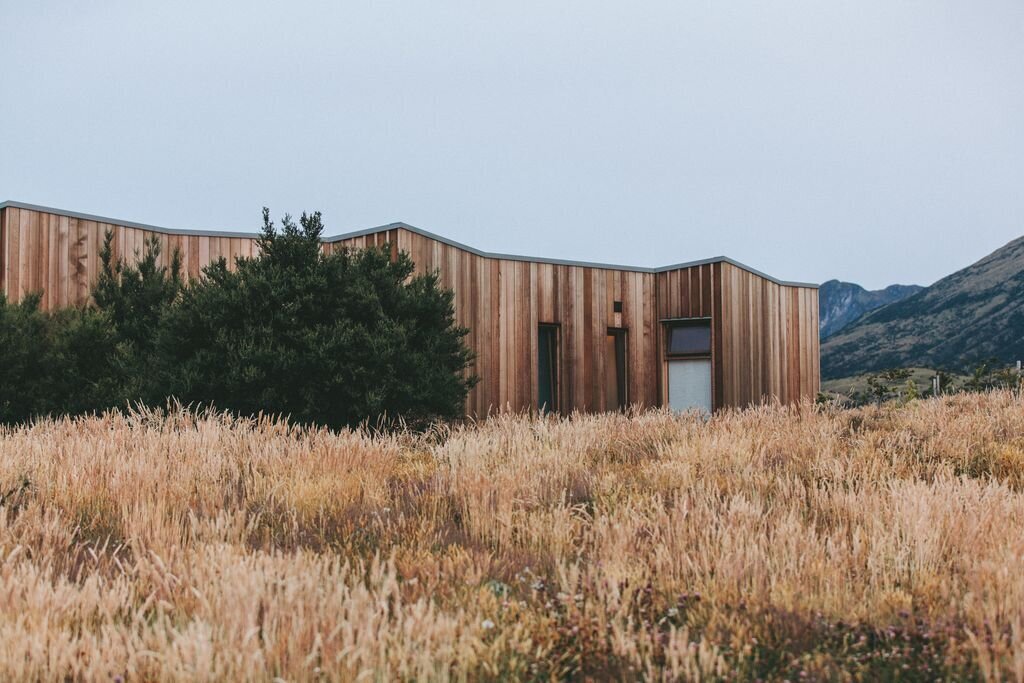
DawgWalks
Safety in Community, Safety in Travel
My Role: Lead UX Researcher
Clientele: University of Washington
Duration: 10 weeks
Team: 2 Researchers, 1 Designer
UX Research
Project Overview
Fostering safety, community, and long-lasting connections through a student commuter grouping system.
DawgWalks is the culminating project of a 10-week design course taught to masters students at University of Washington's School of Human Centered Design and Engineering. While researching the problems that challenged night commuters and new students unfamiliar with their band new home, we found that most had a better experience when they travelled with a companion, but faced social and logistical barriers to finding people to walk with.
What if you could find a real person you could trust going the same direction as you, anytime you wanted?
Over these 10 weeks, we designed a student-matching service that improves fraught and lonely nighttime commutes by organizing students leaving campus at the same time into travel groups called ‘Packs.’
-
Description text goes here
-
Description text goes here
IMAGE BLOCK
The Problem
When moving to a new environment, walking at night can be a major source of anxiety for students, especially when living outside campus. DawgWalks addresses these concerns by increasing both physical safety and emotional support for students by helping students find trusted people to share their night time commute.
DawgWalks Asks…
“How can we help wary travelers combat anxiety induced by strangers and environmental factors when navigating their night commute?”
Context
DawgWalks is a matching system designed for University of Washington students who commute at night. The product would be located in major buildings across the campus. It is also recommended for students who rely on public transportation to reach their destinations.
The Goal
DawgWalks will connect students based on their intended destination and time of departure. The service will also consider each student’s safety preferences, such as gender-specific matches.
Constraints
The service operated on hypotheticals and was conceptual rather than actionable. Additionally, it was tested in only one location on campus, the Odegaard Library.
Our Solution
Over the 10 weeks, our research team and I formulated a community-based experience that matches students based on location, timing, and travel preferences.
IMAGE BLOCK
IMAGE BLOCK
Customizable preferences to fit every “Dawgs” needs, from gendered pairs to age preferences
IMAGE BLOCK
Auto-matching based off of class schedules, regardless of inconsistencies
Seamless live messaging between the internal app, as well as other users within a “Pack”
IMAGE BLOCK
IMAGE BLOCK
Research Methods
“How might we empower solo travelers to move safely and calmly through the city at night?”
Our team conducted our research using 3 tried and true design thinking methods — shadowing, body-storming, and user surveys — to gain a deeper understanding of the challenges faced by night commuters and their coping strategies.
IMAGE BLOCK
Shadowing
In order to understand our user group, we watched students' behavior habits to understand what solution would fit their needs best
Gathered Insights
After analyzing the collected data, we uncover 4 common pain points for commuters:
Limited perception due to darkness and lack of good light infrastructure
Inconsistent buses and inaccurate information about bus schedules
58% mentioned the presence of a friend or other trusted people
IMAGE BLOCK
Body-Storming
Experiencing student's commute first hand allows for our team to fully empathize and understand our problem space
Survey Insights
We also asked survey respondents what could most improve their safety and mental well-being during their after-dark commute.
33% mentioned better lighting
User Surveys
Our team wanted to collect as much quantitative data as possible regarding our target audiences’ feelings regarding their current commute and strategies they utilized to feel safe.
Isolation and vulnerability, especially among women traveling alone
Anxiety and fear associated with higher presence of “sketchy” strangers
12.5% mentioned carrying a self-defense item
IMAGE BLOCK
Defining Our “Dawg”
The Wary Traveler
Using the data from our research, we channeled our observations into categorized personas that illustrate the different ways our target users navigate the city at night.
An anxious traveler who is unused to their environment. This individual is the most open with companionship as they feel safer with a friend
Worried Will is an international student at University of Washington and just moved off-campus. His main transportation methods are through bus and walking. He usually commutes to different bus stops and feels exposed due to the isolation and darkness in the streets—especially in suburban neighborhoods. He much prefers leaving before the sun falls, as there are more crowds rather than night time—where most of his classes end.
Refining Our Concept
We experimented with physical protective products, emotional support products, and high-end tech solutions for predicting possible scenarios when commuting. Even in early concept, some themes that ended up in our final prototype started to appear in these sketches!
IMAGE
BLOCK
In our early concept of the buddy system, users would sign in with their ID, set a destination and time, and then collect a smart bracelet that would help them find their match.
The functions were simple: Sign up through the kiosk, receive a bracelet, locate your buddy using the matching bracelet, and walk home together.
Before moving further and defining the precise features of our kiosk, we returned to reference our research and set how we wanted it to address the problems associated with getting a group of people to trust each other enough to share a commute during a time when they felt especially vulnerable.
The design should help students find others who are leaving campus at the same time and heading in the same direction to commute together
The design should protect students from exposing private information, such as current location or home address
The design should be clear about timing, for both transportation paths and how long partnership matching will take